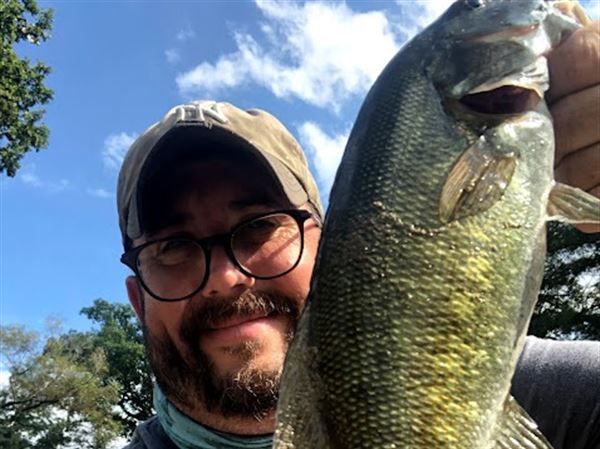

But I wondered if I had actually seen them. More and more the fish had become a simple abstraction, even though they had made one ghostly midwater appearance, poised silver as a moon near my skiff, and had departed without movement, like a light going out. One Sunday morning I decided to conduct services in the skiff, taking the usual battery of rods for the permit pursuit. I thought I had lost what there was of my touch.

I went back to my old fly, a rather ordinary bucktail, and was relieved to be catching bonefish again. The permit weren't interested, and I no longer even caught bonefish. I went to my tying vise and made flies that looked like whatever you could name, flies that were praiseworthy from anything but a practical point of view. The fish would see the fly, light out or ignore it, sometimes flare at it, but never, never touch it. It seemed futile, all wrong, like trying to bait a tiger with watermelons. A prompt, immobilizing humility came over me forthwith.Īfter that, over a long period of time, I saw a good number of them. I grew retroactively excited, and Woody apprised me of some of the difficulties associated with catching one of them on a fly. That evening, talking to my friend Woody Sexton, a permit expert, I reconstructed the fish and had it identified for me. So, looking at what was plainly a permit, I did not know what it was. I had heard all about permit but had been convinced I'd never see one. On the western edge of that flat I saw my first permit, tailing in two feet of water. The gloomy bonanza of the Overseas Highway with its idiot billboard montages seemed very far away. The birds were everywhere-terns, gulls, wintering ducks, skimmers, all the wading birds and, crying down from their tall shafts of air, more ospreys than I had ever seen. The mangrove islands stood elliptically in their perfect reflections.

Unable for the moment to examine the lower unit of my engine, I got out of the boat, waiting for the tide to float it, and strolled around in four inches of water. One day when I was running to Content Pass on the edge of the Gulf of Mexico, I ran aground wide open in the backcountry. I dwelled on that and sent for radio catalogs. I knew they never hit coral heads and had, besides, CB radios with which they might call for help. As I learned the country, guides would run by me in their big skiffs and 100-horse engines. I had the usual Coast Guard safety equipment, not excluding floating cushions emblazoned FROST-FREE KEY WEST and a futile plastic whistle. I was personally plagued by a picture of one of these enormities coming through the hull of my skiff and catching me on the point of the jaw. The principal boat wreckers are the yellow cap-rock flats and the more mysterious coral heads. The narrow channel flats with crunchy staghorn coral bottoms, the bare sand flats and the turtle-grass flats are all of varying utility to the fisherman, and, depending upon tide, these values are in a constant condition of change. The process of learning to fish this region is one of learning the particularities of each of these flats.
Radio silence fishing full#
The backcountry of the Florida Keys is full of hummocks, narrow, winding waterways and channels that open with complete arbitrariness to basins and, on every side, the flats that preoccupy the fisherman. It takes getting used to, to run wide open at 30 knots over a close bottom, with sponges, sea fans, crawfish traps, conchs and starfish racing under the hull with awful clarity. The two fish share the same marine habitat, the negotiation of which in a skiff can be somewhat hazardous.


 0 kommentar(er)
0 kommentar(er)
